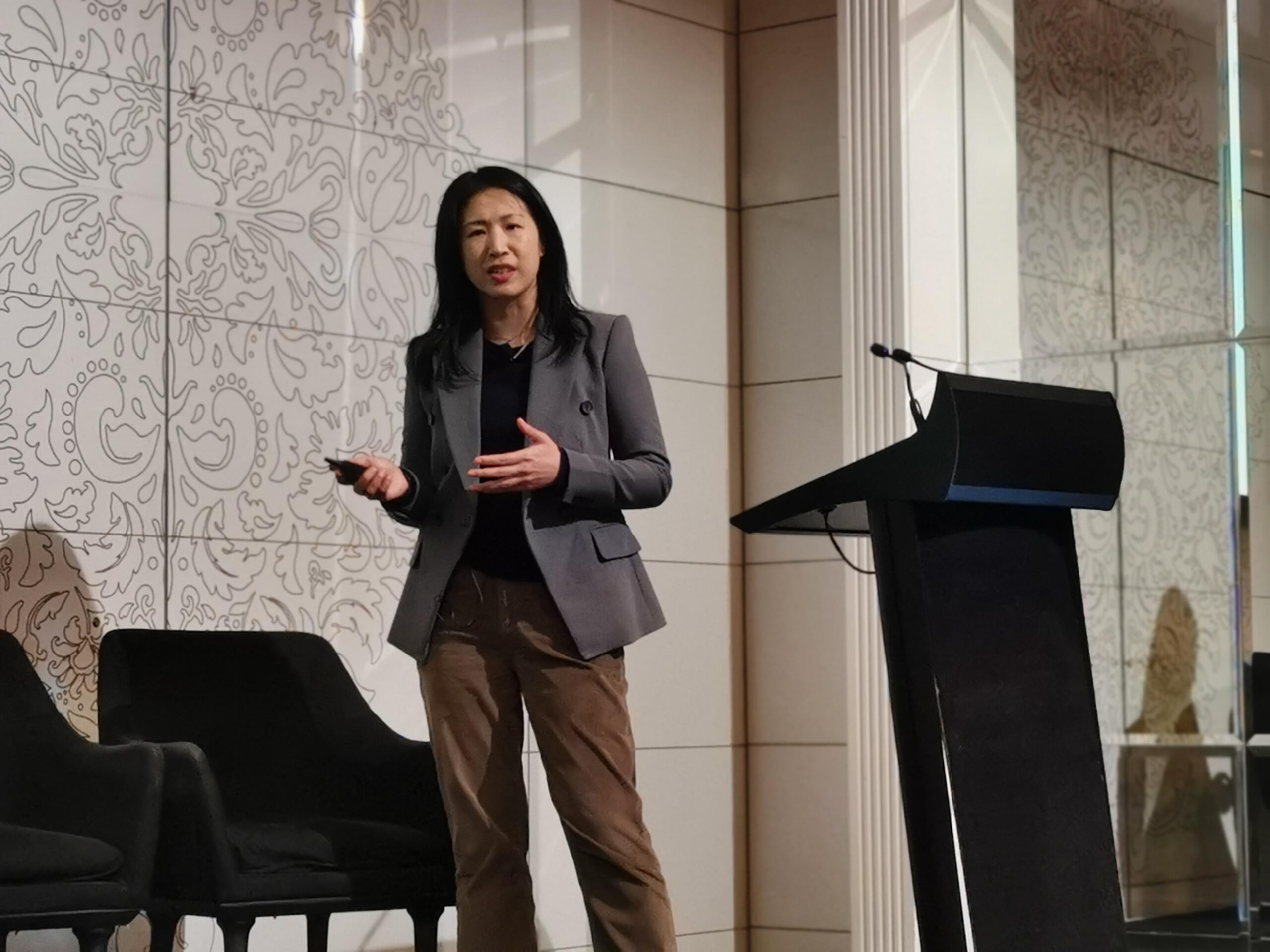Residential heating and cooling efficiency: Who should take charge?
AIRAH CEO Sami Zheng, Affil.AIRAH, reflects on residential energy efficiency and the important role HVAC can play.

Last month, I had the opportunity to participate in an insightful panel convened by the Energy Efficiency Council (EEC), exploring how Australia can deliver more affordable heating and cooling through home electrification paired with improved insulation.
Since then, I’ve been thinking about how we as an industry can approach this issue in the most effective, holistic way possible.
Complex challenges
There is little doubt about the benefits of such an integrated approach: healthier homes, lower energy bills, and reduced greenhouse gas emissions. Yet, the practical reality – particularly for existing homes – is complex. There is no single, clear answer for how this integration should be delivered at scale.
If you are reading this, you likely appreciate the intricacy of these challenges. While the technical considerations are substantial, communicating with everyday households must remain simple and accessible.
The question that resonated most strongly with me during the discussion was: Who should be accountable for guiding households through this transition?


In my view, the answer lies with energy assessors and auditors. But this is not enough on its own. These professionals must be equipped with a holistic understanding of how buildings work as integrated systems, not in isolation. They need to be trained to see the whole picture: thermal performance, appliance efficiency, renewable energy opportunities, and, critically, occupant behaviour.
The human element
For some homes, installing solar panels and batteries will deliver the greatest benefits. But this is not universally feasible. Many dwellings are unsuitable for rooftop solar due to shading, heritage constraints, or roof condition. In other cases, upgrading heating and cooling systems or improving insulation might be the most impactful investment.
Ultimately, there are no one-size-fits-all solutions. Each intervention must be assessed against its lifetime contribution to reducing premium energy consumption and, by extension, emissions – including those embodied in materials and construction activities.
Importantly, the human element cannot be overlooked; a household’s habits can make an enormous difference.
Even the most efficient technologies will underperform if used inefficiently. Smart control and informed behaviour are essential parts of any solution.”
AIRAH CEO Sami Zheng, Affil.AIRAH
Energy assessors can play a pivotal role in guiding Australians to more affordable, lower-emission heating and cooling. But to be effective, they must be trained to understand not only building physics, but also the interplay of design, technology, and human behaviour.
If we get this right, we will unlock healthier, more comfortable homes – and a more sustainable future.
PREV
NEXT
Comments
Advertisements
Recent news
- ARC unveils streamlined reporting tool
- Aiming high for cooling tower efficiency
- RAC teaching team recognised at RMIT Awards
Latest events
- Melbourne School of Design to host ASA2025 conference
- HVAC&R industry’s finest shine at 2025 AIRAH National Awards
- Nominations open for ARBS Awards 2026
 Sami Zheng, Affil.AIRAH
Sami Zheng, Affil.AIRAH

Leave a Reply